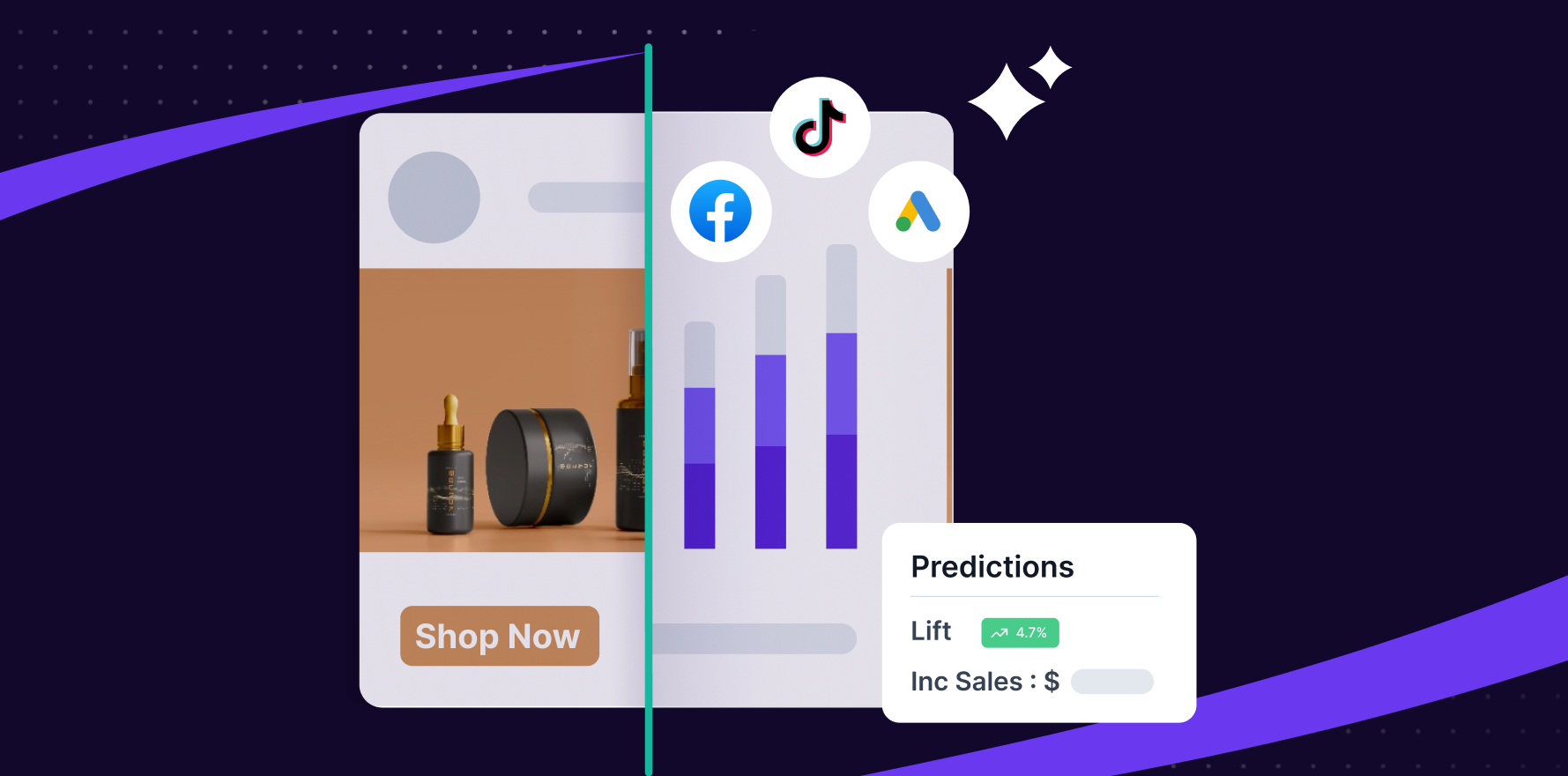What is Native advertising?
Unlike traditional advertising, which disrupts the user experience, Native advertisements subtly blend with their surroundings, providing a seamless interface. They mimic the visual design and functionality of the user interface in which they are exhibited, thereby appearing to be a natural part of the content. Consequently, Native advertising increases the likelihood of user engagement since it doesn’t feel like a hard sell.
Formula
A successful native advertising strategy adheres to the following formula-
Relevance (R) + Engaging Content (EC) + Optimal Placement (OP) = Successful Native Advertising (SNA)
Relevance with the platform, engaging content that grabs consumers’ attention, and the optimal placement of ads together combine to create potent Native advertising.
Example
Consider working with a leading news outlet to publish sponsored content that reads and feels like an organic article, but strategically promotes your eCommerce brand or product.
Why is Native advertising important?
Native Advertising enhances the user experience rather than disrupting it, increasing the probability of engagement and conversions. According to studies, consumers view native ads 53% more often than display ads.
Which factors impact Native advertising?
Improving Native advertising involves continuously testing and optimizing your ads for the best results. Try multiple design configurations, diversify your content, personalize, and make sure their placements align with the platform and audience’s behavior.
How can Native advertising be improved?
- Relevance: The ad’s alignment with the platform’s content significantly influences consumers’ response.
- Design & Content: How well the ad blends with the organic content impacts engagement.
- Disclosure: Ensuring transparency about the ad being sponsored does not miff users.
- Placement: Strategic positioning increases visibility and engagement.
What is Native advertising’s relationship with other metrics?
Native Advertising positively impacts various eCommerce metrics. For instance, with higher engagement rates, the click-through rates (CTR) also surge. A well-optimized native ad could boost site traffic, thereby improving bounce rates and average time spent on the site. This could further propel the conversions or sales, bolstering the return on advertising spend (ROAS).
Free essential resources for success
Discover more from Lifesight
















